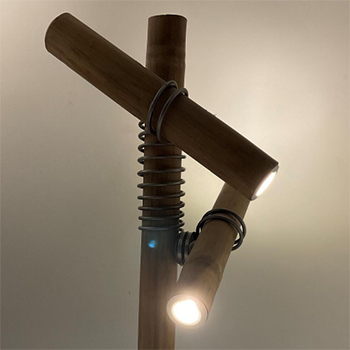Parkinson's disease is a neurodegenerative disorder that affects millions of individuals worldwide, significantly impacting their mobility and quality of life. One of the most distressing symptoms experienced by Parkinson's patients is freezing of gait (FOG), characterized by sudden and temporary immobilization of the lower extremities. This report explores design interventions aimed at alleviating the challenges associated with FOG, with a focus on developing an innovative accessory to mitigate this symptom. The report begins by providing a comprehensive overview of Parkinson's disease and its impact on gait and mobility. It delves into the intricate mechanisms underlying FOG, highlighting the complex interplay of motor, cognitive, and environmental factors contributing to its occurrence. By understanding these underlying factors, it becomes possible to identify potential design opportunities for interventions. A thorough review of existing research and technological solutions for FOG intervention is conducted, outlining the strengths and limitations of current approaches. This literature review serves as the foundation for proposing a novel accessory designed specifically to address FOG episodes in Parkinson's patients. The accessory considers factors such as portability, usability, and effectiveness in triggering movement initiation during FOG events. The design process is outlined, incorporating user-centered methodologies such as interviews, observations, and iterative prototyping to ensure the accessory meets the unique needs and preferences of Parkinson's patients. Various design iterations and user feedback are incorporated to refine the final accessory, considering aspects such as form, ergonomics, sensory stimulation, and biofeedback mechanisms.


